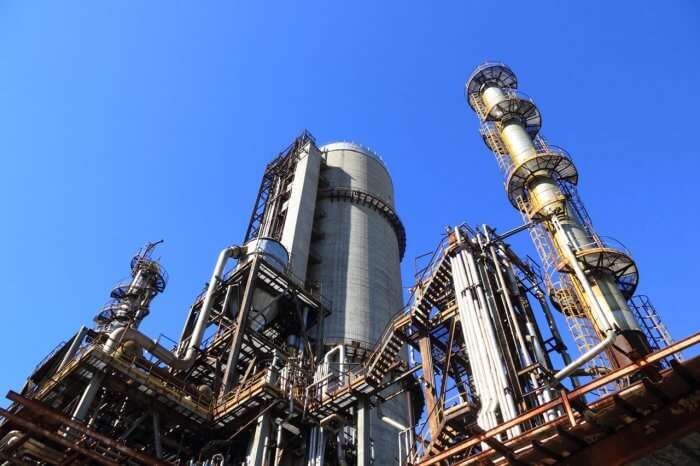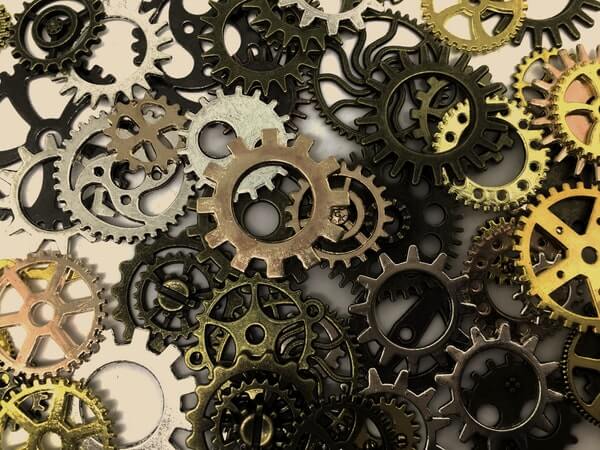
How can Industrial Automation help to maximize production?
We have come of the age where industrialization doesn’t anymore mean hundreds of men working on an assembly line, throughout the day. With the increased speed of business, the manufacturing complexities have also increased. In this competitive market, where the peers are playing with aggressive pricing strategy, deriving extra profit margins requires an automated approach towards the factors of production. The idea is to deliver greater economic value to the customers each time, maintaining the business profit margins or for that matter creating new profit centers. Optimization of cost can only be possible if the identification of cost centers are defined properly. Once the organization realizes their cost centers properly; the work could be initiated to optimize the same.
The time has come, to reformulate the shop floor strategies, to manufacture better quality products at a faster rate, keeping the production cost escalation at bay. There have to be methods to simplify shop floor data analytics and asset management. This calls for industrial automation and control services to be deployed strategically by the top management. Industrial automation allows for reduced manufacturing cycle time of the product and delivering knife-edge precision quality in every production run taken. Automation methods deployed shall reduce the unwanted production downtimes to zero. The CAPEX required one time to set up the automation line, would be more than compensated with profit spilling over the lifetime of the project.
When it comes to heavy machinery automation, it is important to establish a direct connection between the boardroom and the shop floor, for better monitoring and control. Automation can not only change one production facility but also establish greater synergy between different units of the same company. With better tracking mechanism and remote asset mechanisms, a business command center type can be set up to get a live feed of data, across all the verticals of the organization. Synchronization of a plant with the warehouses will track every stock movement, whether in a plant or in transit, for better business visibility. Industrial automation can perform at a much faster rate than human workforce, with the standardized quality of production.
With intelligently placed sensors, manufacturers can gather authentic data on their expensive machine running parameters, for predictive and preventive maintenance. Advanced automation services can also be conjoined with the legacy shop floor software, which would facilitate zero data loss, while system migration. Industrial control systems can be used with automation, for enhanced process control. Control systems can range from a simple local modular connection to complex ones with hundreds or even thousands of smart sensors for better field management. The sensors are sued to capture process variables and compare with the preset values. Any deviation from it can be quickly addressed, by activating automated course correction procedures, which itself can be done remotely.
These distributed control systems coupled with programmable logic controllers can be made to perform, different critical functions, across different industrial sectors, like oil & gas, power generation, water distribution, etc. When it comes to shopping floor activities, industrial automation can be used to monitor the set KPIs of the workforce or machine. Automation is the best answer to the optimization of man, machine, method, and manufacturing environment. With proper industrial automation and control systems, an uptrend of OEE (Overall Equipment Effectiveness) can be observed. With smart automation at a place the machine availability, its performance and the produced quality are all increased by many factors. With better machine utilization, comes confidence in the process, which increased the decision-making capabilities due to increase in real-time data visibility.
There is a direct reflection in the P/L accounts, with intelligent system controls at a place. It reduces the process waste and counters the rising labor cost. Global industrial automation market is set to grow at a predicted 15% CAGR, which reflects the willingness to accept the change, by the top management of multinationals. With the advent of IoT and cloud-based solutions, remote assistance is possible, which was close to a dream a few years back. With authentic real-time data, management gets to run illustrative reports on asset health quality and day to day operations.

